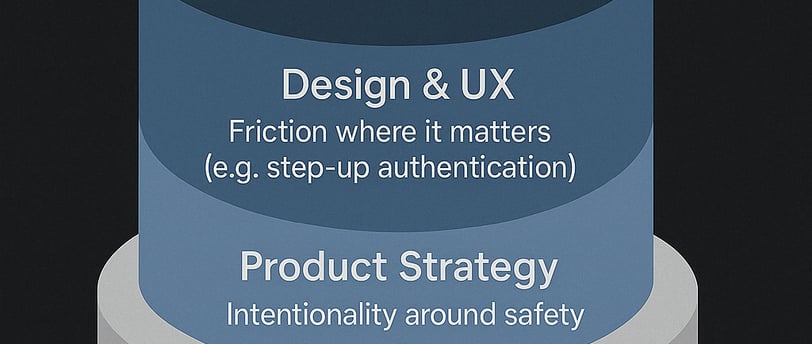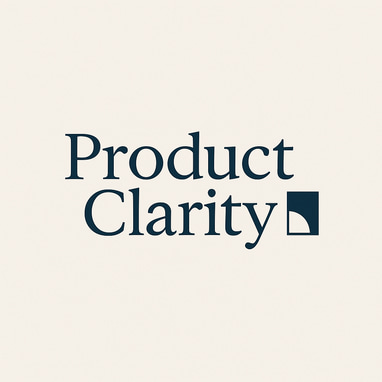Smarter Products, Smarter Risks: Why AI Needs Guardrails Built In
In a world where AI is powering everything from hiring to healthcare, the smartest products are the ones built with trust at their core. This post explores why embedding guardrails—like transparency, friction where it matters, and detection layers—isn’t just a nice-to-have but a strategic necessity. Learn how to design AI products that balance innovation with safety, creating systems users can rely on.
Ashok Venkatraj
4/14/20252 min read


AI is Changing the Game—and the Risks Too
We all want to ship smarter products. AI helps us personalize, automate, and scale like never before. But here’s the flip side: AI also changes how risk shows up.
Fraud, abuse, bias—these aren’t just edge cases anymore. As product builders, we’re responsible for making sure our tech doesn’t just work—it works safely, fairly, and reliably. That’s no longer just a Trust & Safety team issue. It’s a product strategy issue.
Real Talk: Where AI Opens the Door to New Risks
We’re not talking sci-fi here—these are real-world problems happening now:
🔁 Fake Users & AI-Generated Content
Bad actors use AI to create realistic-looking accounts, content, even conversations. If your platform can’t tell real from fake, it can quickly become untrustworthy.
⚖️ Unreliable Decision-Making
AI models handling decisions—like moderation, recommendations, or onboarding—can be gamed, or worse, biased. A wrong decision at scale? That’s a product nightmare.
🎯 Fraud Rings That Adapt Fast
Coordinated attackers use AI to change tactics faster than legacy systems can detect. They test, learn, and exploit weaknesses faster than most product teams can patch.
Product Takeaways: What You Can Do Today
1. Make Risk a Feature, Not a Fire Drill
Don't wait for abuse to happen. Make risk mitigation part of your feature spec. Ask early: What’s the worst-case scenario if this gets misused?
2. Build in T&S Collaboration from Day One
Too often, Trust & Safety is looped in after something’s already gone wrong. Invite them into design reviews. Bake risk detection into product goals, not just legal checklists.
3. Combine AI with Human Intuition
Don’t let automation be the final say—especially for high-risk actions. Let AI flag, but give real people the ability to review. It’s slower, but smarter.
4. Be Transparent About Decisions
If a user’s action is blocked or flagged, tell them why. Use explainable AI principles. People trust what they can understand—even if they don’t always agree.
5. Run Pre-Mortems on Risky Features
Before launch, ask: “How would someone try to break this?” Involve red teams. Try adversarial testing. Better to break it yourself than let someone else do it for you.
Conclusion: AI Isn’t the Risk—Ignoring It Is
The tools we build are only as strong as the values we build into them. AI is here, and it's powerful—but without product teams thinking proactively about misuse, that power can backfire.
Don’t wait for the postmortem. Think like a fraudster, design like a PM, and act like a founder. Risk isn't just something to reduce—it's something to design for.
🚀 Coming Up on Clarity for Product
Templates to add T&S signals to your PRD
Frameworks for ethical AI decisions in roadmap planning
Interviews with PMs tackling fraud at scale
